Image Credit: Cree Inc.
A few days ago I got yet another press release about a new efficiency record with LED lighting. These are almost commonplace as we ride the revolution that is redefining electric lighting.
To back up, let me provide a short synopsis of lighting technologies and history.
Incandescent lamps provided the first electric lighting, with Thomas Edison inventing the first commercially viable light bulb around 1880 (building on the inventions of many others), and the technology has changed relatively little since General Electric introduced tungsten-filament light bulbs in 1911. Electric current flows through a very thin, coiled filament made of tungsten wire and glows white-hot, producing light. With incandescent lighting, roughly 90% of the electricity is converted into heat, only 10% into light.
Lighting was revolutionized in the 1920s with development of fluorescent lights. With this technology, an electric arc is established in a glass tube filled with mercury vapor. The arc produces ultraviolet light and that light energizes a phosphor coating on the inner surface of the glass tube. That phosphor, in turn, fluoresces, emitting white light.
Various high-intensity discharge (HID) lighting technologies (mercury vapor, high-pressure and low-pressure sodium, and metal halide) also function by energizing mercury vapor, but with other gases that obviate the need for phosphors. Very concentrated light can be generated, which makes this lighting popular for street lights, stadium lighting, and such.
Enter LED Lighting
LED lighting is fundamentally different from incandescent, fluorescent, or HID lighting. LED stands for “light emitting diode.” It is a solid-state device made of a specialized semiconductor material that emits light when energized. The first LED lights were red or green (depending on the semiconductor material) and used primarily as indicator lights on electronic equipment. Blue and other colors came along later. The challenge has long been producing quality white light.
Over the past 10-15 years, developers haven figured out ways to either combine different-color LEDs to produce — in aggregate — white light, or to use phosphor coatings to modify the emitted light color, so that we see white.
LED lighting avoids the mercury in fluorescent and HID lighting, and its efficacy (a measure of lighting efficiency in units of lumens of light produced per watt of electricity consumed) is now considerably higher than that of incandescent lighting, and the best LEDs now have higher efficacies than even the leading-edge T-5 fluorescent lamps.
When I first wrote about LED area lighting (as opposed to exit signs) in Environmental Building News back in 2002, I reported a breakthrough in LED performance. A new LED light source had just been introduced by Lumileds that provided a remarkable 24 lumens per watt. That was significantly higher efficacy than that of incandescent light bulbs, but still nowhere near that of fluorescent lamps. In the same article I quoted a researcher at Lumileds saying that he thought LED performance would eventually reach about 100 lumens per watt.
State-of-the-art LED lighting today
The press release I got a few days ago from Cree Lighting (one of the other major producers of LEDs and LED lighting products) reported that their newly introduced XLamp XP-G2 LED provides a remarkable 165 lumens/watt in a cool-white and 145 lumens per watt in warm white (assuming 25°C temperature). Measured at 85°F (accounting for worst-case conditions in a fixture), that XP-G2 efficacy drops about 8% — to 151 and 133 lumens per watt respectively.
Once those LEDs are incorporated into actual lighting products, the efficacy drops, but the best LED lamps and light fixtures today using earlier-generation LEDs can still provide well over 100 lumens per watt. Cree’s CS18 eight-foot linear light fixture for commercial buildings, for example, delivers up to 120 lumens/watt.
With smaller LED lamps that can replace incandescent light bulbs, performance isn’t quite up to 100 lumens/watt yet. Philips’ best EnduraLED bulb provides 900 lumens of light (more than a 60-watt incandescent bulb) using just 10 watts of electricity. That’s an efficacy of 90 lumens/watt.
The light quality from LEDs has also steadily improved. Both the Cree CS18 and Philips EnduraLED products mentioned above have a color rendering index (CRI) numbers of 90, which is better than almost any fluorescent lighting available. One of Cree’s LED lamps has a CRI of 93.
LED lights have a very long life. The Cree CS18 is guaranteed for five years and rated for 50,000 hours, while the Philips EnduraLED is rated for 30,000 hours — compared to about 20,000 hours for a typical linear fluorescent lamp (for commercial lighting), 10,000 hours for a compact fluorescent lamp (CFL) and 1,000 hours for an incandescent light bulb.
Most (but not all) LED lights are also dimmable. The Cree CS18 can dim to 5% and the Philips EnduraLED to 10%.
And I really like the fact that there’s no mercury involved.
Costs and durability
While the cost of most LED lamps and lighting fixtures is significantly higher than costs of incandescent and fluorescent products, costs are coming down as quickly as performance is going up. Lamps in the Philips EnduraLED family can be found for as little as $24 each, and I’m guessing that they will be less than $10 within a few years.
Be aware, though, that there are lots of low-quality LED lighting products on the market, often at significantly lower prices. The biggest problem with cheap LED products tends to be inadequate heat management, which shortens the life. I prefer to buy products from recognized manufacturers, but at a minimum, you should look for EnergyStar labels on LED lights that you are considering. The EnergyStar program for LED lights has a pretty good requirement for durability.
Alex is founder of BuildingGreen, Inc. and executive editor of Environmental Building News. To keep up with Alex’s latest articles and musings, you can sign up for his Twitter feed.
Weekly Newsletter
Get building science and energy efficiency advice, plus special offers, in your inbox.

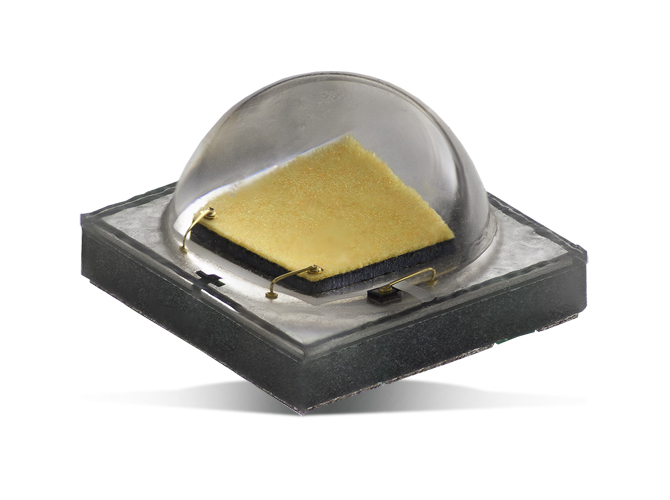




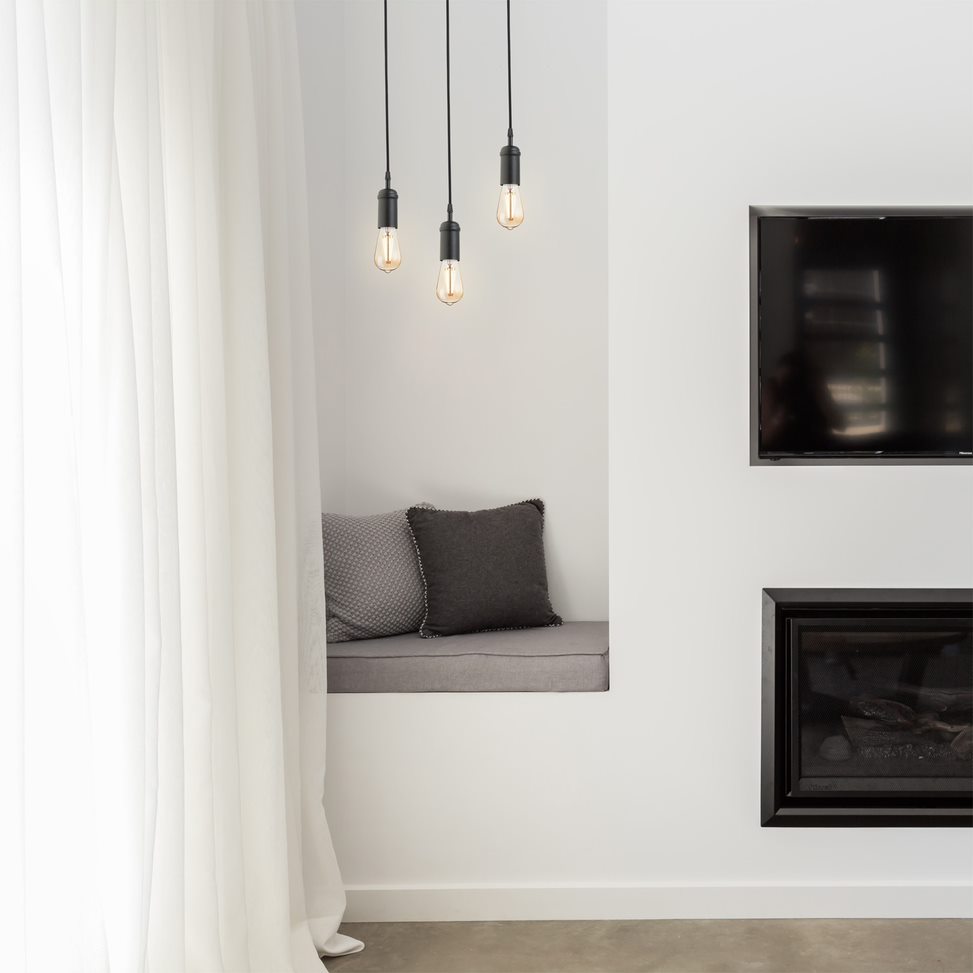
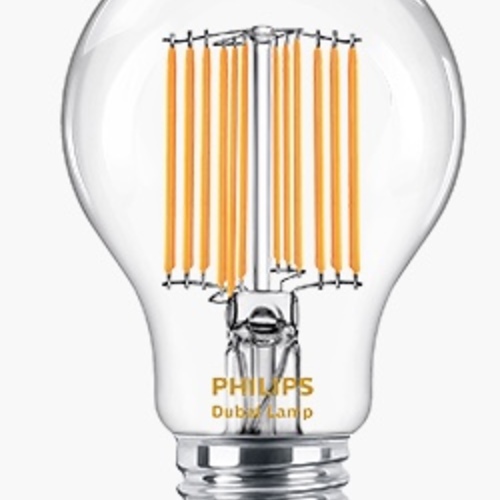
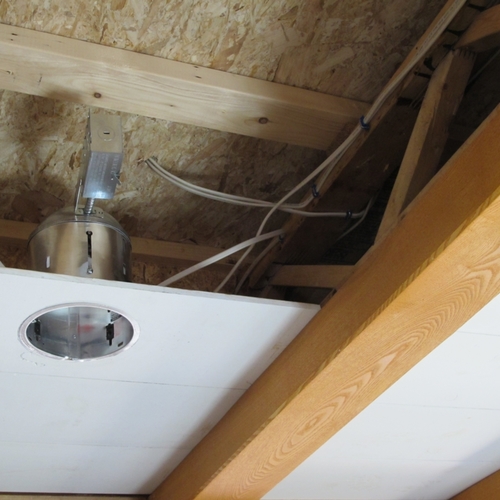
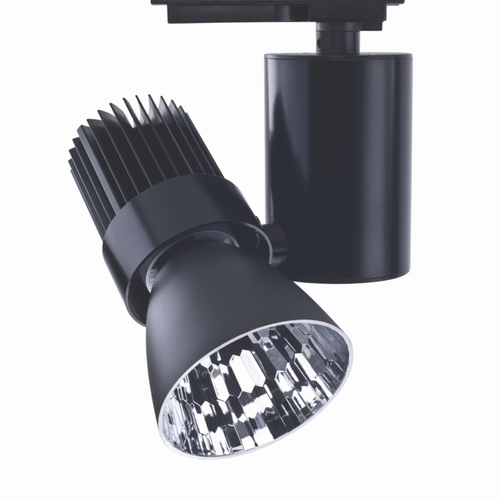






9 Comments
Ceiling lights
The love affair with recessed lights has been ongoing for 40 years or more. If we can get LED's with a CRI close to halogen and airtight housings for the LED bulbs, let the energy saving begin.
LED prices
The prices are lower than some think. I bought a 3-pack of flame-shaped indoor/outdoor LEDs for $16 at Costco... 8 months ago. I'd have to look at the packaging to remember the exact lumens of the product I purchased.
They have quite an in-store selection. I would link to what they list online, but the spam filter prevents it.
fixture or bulb
Alex, I've read that there are significant performance differences between using a fixture designed for LEDs and just replacing the bulb (incandescent/cfl) in a standard fixture.
I've seen no details on this difference, if in fact it exists. Do you have any information -- is it worth it to change out a fixture or is it as effective to simply upgrade the bulbs?
Thanks in advance
Like Fluorescent screw-in
Like Fluorescent screw-in tech, the price will be right decades from now. I pay $1.00 for fluorescent screw-in and will not be installing many $20 bulbs now or in the near future.
Check back with me in twenty years though.
So much of "green" is pure poppy cock. There, I said it. And will stand by it. And a normal customer will too. Everything has to be weighed against cost. That's what most of us do. Thanks though for early adapters to scale products we want to finally be priced right for their use to be economically right too, in due, time.
Just read today screw-in CFLs output too much UV if one is located too close to them.
Fixtures vs. bulbs
The key with LED durability is managing heat. You need a good heat-dissipation system--typically aluminum fins. That heat management system can often be better incorporated into a fixture than into the screw-in lamp, so my preference is an integrated fixture. That said, the better screw-in LED lamps are pretty good. I've had great luck with a Cree LRP-38 that's a screw-in lamp.
The Cree LRP-38
Alex,
The only problem with the Cree LRP-38 is that it is rated at 55 lumens per watt -- about the same as a good CFL -- but it costs $89.
LED lamp quality and durability
Martin,
I was referring more to the durability and light quality. I've installed a number of LED screw-in replacement lamps over the years that failed within a year--far faster than manufacturer claims. The LRP-38 is indeed incredibly expensive and its efficacy not spectacular--but when it was introduced two or three years ago it was pretty state-of-the art with a CRI of 92 and a higher efficacy (I believe) than any reflector-type CFL. A newer Cree Par-38 lamp, the LRP38-10L, has a CRI of 92 and an efficacy of 74 lumens per watt. I don't know what the cost is. The point is that the technology is advancing incredibly quickly.
Ikea
I noticed that the new Ikea catalog has a greatly increased selection of lighting fixtures that are designed for, and include, LED lamps. This, it seems to me, is significant. Love them or hate them, when a retailer with Ikea's power and scope gets into the game, the revolution will definitely be underway.
RE: Costco units
I also purchased a 3-pack (around $18 IIRC) from Costco; 1 unit failed in 1/2 hour, the other two operated fine for a couple days (outdoors) but I ended up returning them as I didn't trust the quality. Got 2 outdoor CFLs instead for around $6 total.
Log in or create an account to post a comment.
Sign up Log in